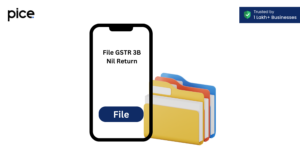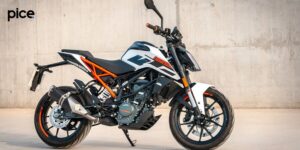History of Indian Currency: Pice to Rupees
- 27 Sep 24
- 5 mins
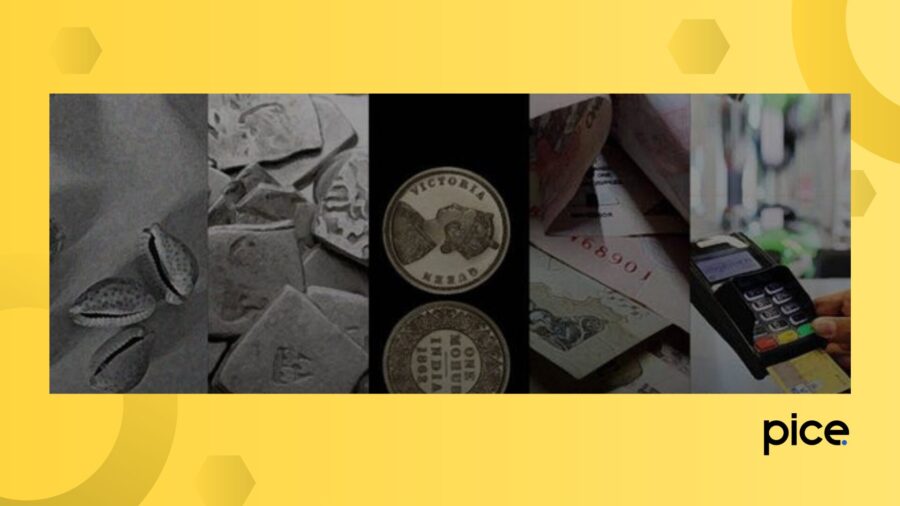
History of Indian Currency: Pice to Rupees
Key Takeaways
- Colonial Currency: The Pice, 1/64th of a Rupee, was widely used in British India for small transactions.
- Decimalization: In 1957, India replaced the old system, introducing Paise and simplifying the currency.
- Historical Role: The Pice coin was central to everyday trade in both Mughal and British eras.
- Modern Adaptation: The "Pice" app continues the legacy, simplifying payments for SMEs, including GST.
- Business Efficiency: The PICE app offers streamlined solutions for vendor, utility, and rent payments, inspired by the ease of the old coin system.
The journey from British currency systems like the "Anna" and "Pice" to the Indian Rupee is rooted in India's colonial past. Let’s explore this transformation:
Pre-British India: Local and Mughal Coins
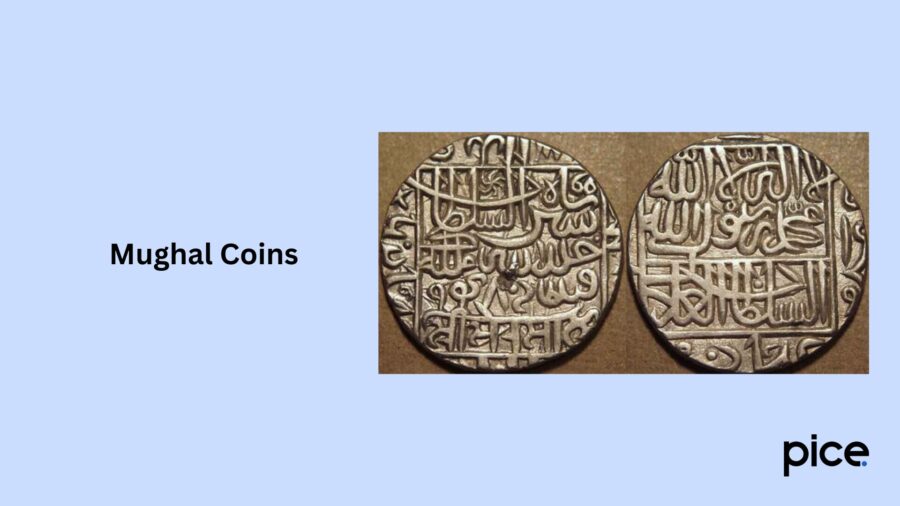
Before the British rule, there were Mughal dynasty rules, and other emperors were also ruling. Thus, each king had his own type of coin, which were used as a means of payments and trading in those days. The short list of the coins used at that time is mentioned below:
- Babur: Silver Tanka or shahrukhi
- Humayun: Haidar Dughlat
- Akbar: Silver Rupee and Jalalab
- Sher Shah Suri: Rupee
- Muhammad Bin Tughlaq: Bronze coins (Later withdrawn and replaced by silver and gold coins)
- Mahajanpadas( Republic Kingdom of Ancient India): Panas
- East India Company( 1600 AD) - Gold coins( Carolina), Silver coins ( Angelina), Copper coins( cupperoon), Tin coins( Tinny)
- East India Company(1857 AD) - Rupee (Later made official currency of India)
British Colonial Currency System (1835-1947):
When the British East India Company took the power to rule India, they began to mint their own coins along with the Indian Rupees.
- Pice (or Paisa): The minimal currency unit, 1/64 of a Rupee.
- Anna: An modest unit, with 16 Annas making 1 rupee.
- Rupee: The major currency unit, which continued under British rule.
The British India Coinage Act of 1835 standardized coinage in British India, resulting in the rupee becoming the official currency. The British introduced coins like:
- 1 Pice (Paisa) (small copper coins)
- 2 Anna (silver coins)
- 4 Anna (quarter Rupee) (silver)
- 8 Anna (half Rupee) (silver)
| Currency Unit | Description | Denomination Breakdown | Material |
| Rupee | Main currency unit under British rule | 1 Rupee = 16 Annas = 64 Pice | Silver/Gold |
| Anna | Fractional unit of the Rupee | 16 Annas = 1 Rupee, 1 Anna = 4 Pice | Silver (4 and 8 Annas) |
| Pice (Paisa) | Smallest unit, copper coin | 64 Pice = 1 Rupee, 1 Anna = 4 Pice | Copper |
| Pie | Subdivision of Pice | 3 Pies = 1 Pice | Copper |
The system remained in place, with a rupee being divided into 16 annas, each anna divided into 4 Pice.
3. Post-Independence Currency Reform (1947-1957):
India, after getting their independence in 1947, did not change the British currency system for some time. But then in 1957, India floated a decimal system for its currency.
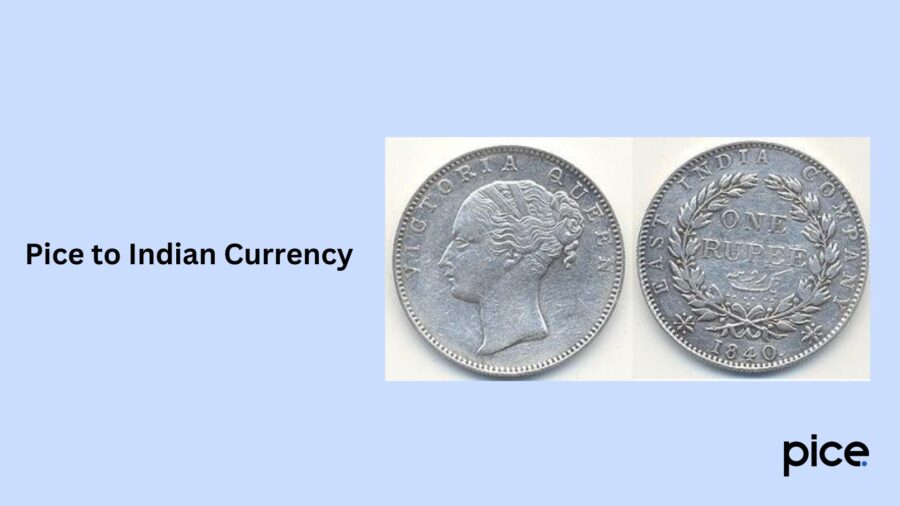
The Rupee was now divided into 100 Naye Paise (New Paise). This reform simplified the currency system, as the traditional division of 1 Rupee into 16 Annas and 64 Pice was replaced by the decimal division into Paise.
Coins such as the Anna and Pice were gradually phased out and replaced by Paise (1, 2, 5, 10, 20, and 50 Paise), as well as Rupee coins.
British Currency Breakdown:
| Coin | Value (in Rupees) | Description |
| 1 Rupee coin | 1 Rupee | Made of silver/gold |
| Half Rupee (8 Annas) | 0.5 Rupee | Half Rupee |
| Quarter Rupee (4 Annas) | 0.25 Rupee | Silver coin |
| 2 Anna coin | 0.125 Rupee (1/8) | Fractional silver coin |
| 1 Anna coin | 0.0625 Rupee (1/16) | Small silver coin |
| 1 Pice (or Paisa) | 1/64 Rupee | Copper coin, smallest denomination |
4. The Modern Indian Rupee (Post-1957):
As inflation phased out several smaller coins including the 1 Paise and 2 Paise, the change to decimal system was finished by the 1960s and over time. Modern Rupees now consist of coins as well as notes valued one Rupee to 2000 Rupees.
This journey reflects India’s evolution from British colonial coinage to an independent, decimalized currency system centered around the Rupee.
| Old System | New System (1957 onwards) |
| 1 Rupee = 16 Annas = 64 Pice = 192 Pies | 1 Rupee = 100 Naye Paise |
Since the blog is all about Pice Currency, let’s know about a company named on Pice.
What is Pice?
The inception of Pice as a business-focused app came from the original name, Pice Coins. Like how pice coins made small transactions easier for the masses, a company named "Pice" designed to simplify and streamline GST payment, vendor, utility, and rent for small and medium-sized enterprises (SME) via credit card and UPI payment.
💡If you want to streamline your payment and make GST payments, consider using the PICE App. Explore the PICE App today and take your export business to new heights.
 By
By 











